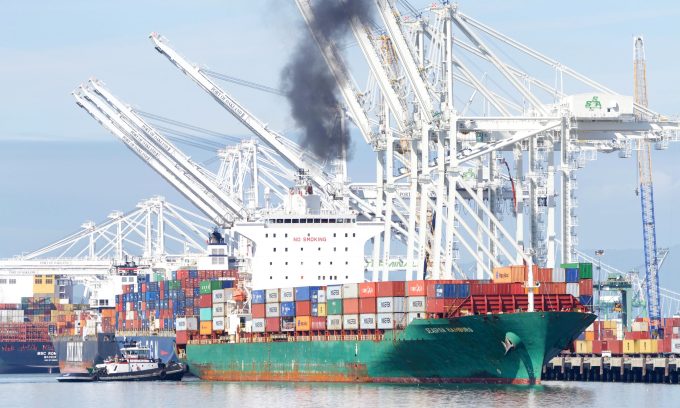'Bitter-sweet' MEPC 83 follows COP 29, narrowing scope of climate commitments
IMO’s Marine Environment Protection Committee (MEPC) 83 meeting, meant to establish robust mid-term decarbonisation measures, ...

Shipping associations are putting pressure on IMO to drastically amend its Carbon Intensity Indicator (CII) instrument at the September MEPC, saying that currently it has “unintended consequences”, contradictory to its aims.
The CII requires shipowners to collect data for an annual ranking of ship efficiency, between ...

Comment on this article